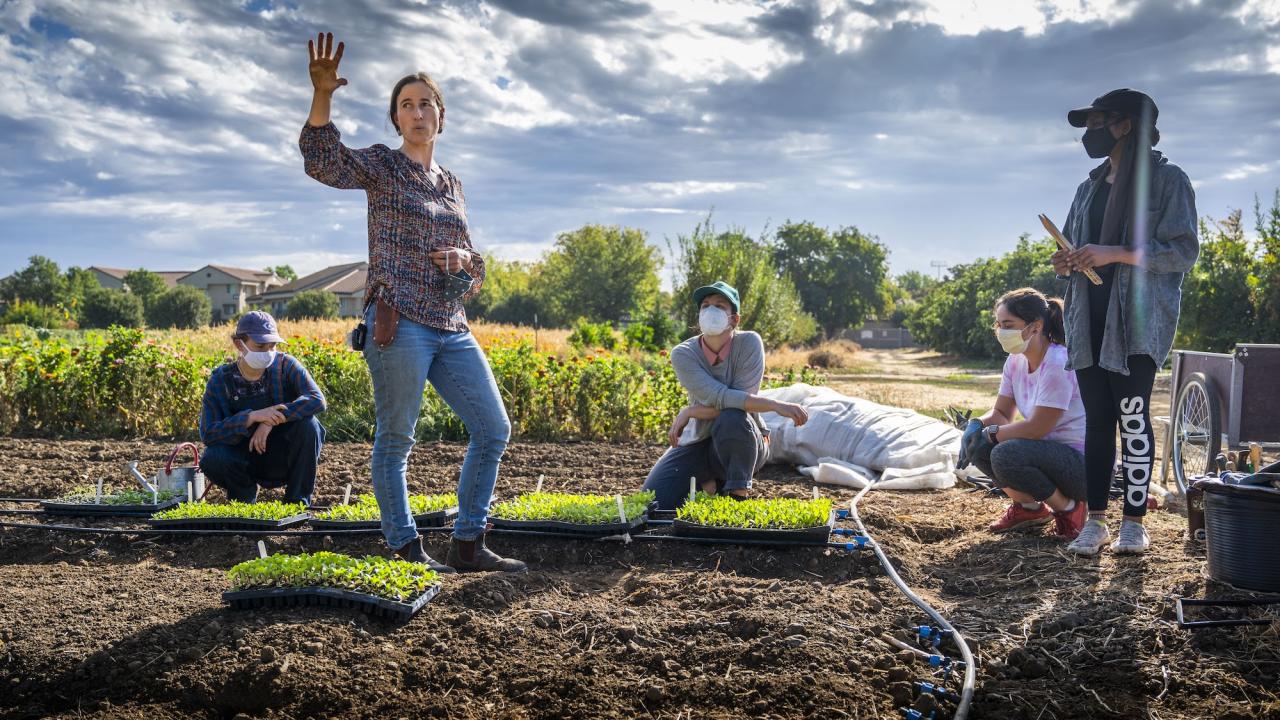Thrive right into a Pro: Home Gardening Tips for Beginners
Wiki Article
From Seed to Grow: A Beginner's Overview to Gardening Success

Picking the Right Seeds
To ensure an effective yard, you need to choose the appropriate seeds for your expanding conditions and desired plants. When picking seeds, there are a couple of essential factors to take into consideration. To start with, consider the environment in your location. Different plants grow in various environments, so it's vital to select seeds that appropriate for your specific area. If you live in a warm and dry environment, for instance, you'll intend to select seeds that are drought-tolerant and can endure heats. On the other hand, if you reside in a cooler climate with shorter growing seasons, search for seeds that have a shorter maturity period.Some plants prefer sandy soil, while others thrive in clay or loamy dirt. Some plants, like peppers and tomatoes, need complete sunlight to grow, while others, such as leafy environment-friendlies, can endure partial shade.
If you're interested in blossoms, select seeds for plants that will enhance each other in terms of height, shade, and blossom time. By very carefully choosing the ideal seeds for your expanding conditions and desired plants, you'll establish yourself up for an effective yard.
Preparing the Soil
Currently that you've picked the best seeds for your garden, it's time to prepare the soil for optimum development. Preparing the dirt is a critical action in horticulture success, as it supplies the structure for your plants to prosper.Begin by getting rid of any weeds or particles from the location where you plan to plant (gardening kit for beginners). Weeds can contend with your plants for nutrients and water, so it's essential to get rid of them before growing. Use a garden fork or hoe to loosen up the dirt, separating any kind of clumps and producing a loose, crumbly structure
Next, it's time to boost the soil's fertility. Add raw material, such as garden compost or well-rotted manure, to enrich the soil and supply important nutrients. Spread out a layer of raw material over the dirt and use a garden fork or rake to integrate it right into the leading couple of inches. This will certainly help improve drainage, wetness retention, and vitamins and mineral availability for your plants.
Most plants prefer a slightly acidic to neutral pH, around 6.0 to 7.0. You can purchase a soil screening kit from a yard facility or send out an example to a laboratory for evaluation.
Growing and Watering Strategies
When it comes to growing, make sure to follow the guidelines on the seed packets or plant tags. Various plants have different requirements for growing depth and spacing.It is vital to water your plants appropriately to promote healthy development. The key is to supply adequate water without drowning the plants. When watering, goal to dampen the soil uniformly, ensuring that the water reaches the plant's origins.
To determine when to water, inspect the dampness degree of the soil by placing your finger concerning an inch deep. It's time to water if it really feels completely dry. Consider utilizing a watering can or a tube with a mild spray nozzle to avoid harmful fragile plants.
Nurturing and Keeping Your Yard
Supporting and maintaining your yard is vital in order to keep your plants flourishing and healthy. Regularly get rid of any undesirable plants that may complete with your garden for nutrients and room. Applying a layer of compost around your plants assists preserve wetness, suppress weeds, and control dirt temperature.Harvesting and Delighting In the Fruits of Your Labor
When can you start reaping the incentives of your hard work in the yard? The solution depends on the type of plants you have actually expanded.To establish if your vegetables are ready for harvest, you need to look for certain signs. They should quickly separate from the vine when gently drawn.
When harvesting, it is very important to utilize the proper tools and techniques. A sharp pair of pruning shears or a yard knife can be made use of to cleanly reduce vegetables from the plant. Make certain to harvest in the early morning when the temperatures are cooler, as this will certainly assist maintain the quality of your fruit and vegetables.
Once you have harvested your veggies, it's time to take pleasure in the fruits of your labor. Freshly chosen veggies can be made use of in a variety of tasty recipes, from salads to stir-fries. You can maintain your harvest by canning, cold, or drying them to delight in throughout the year.
Verdict
Congratulations! You have currently learned the crucial steps to attain gardening success, from choosing the appropriate seeds gardening for beginners to gathering the fruits of your labor. By adhering to these beginner-friendly techniques, you are well on your means to nurturing a prospering yard. Remember to provide your plants the care and interest they require, and soon you will be appreciating the charm and bounty of your extremely own yard. Pleased horticulture!To make sure an effective garden, you need to select the appropriate seeds for your expanding conditions and desired plants. By very carefully picking the best seeds for your expanding conditions and desired plants, you'll set yourself up for an effective garden.
Weeds can contend with your plants for nutrients and water, so it's important to obtain rid of them before growing. When it comes to planting, make sure to comply with the instructions on the seed packages or plant labels. Different plants have various requirements for growing deepness and spacing.
Report this wiki page